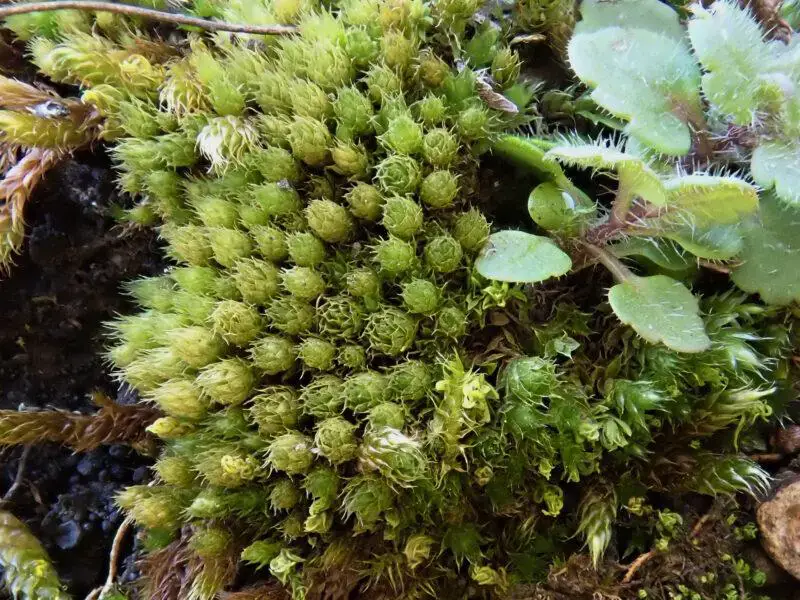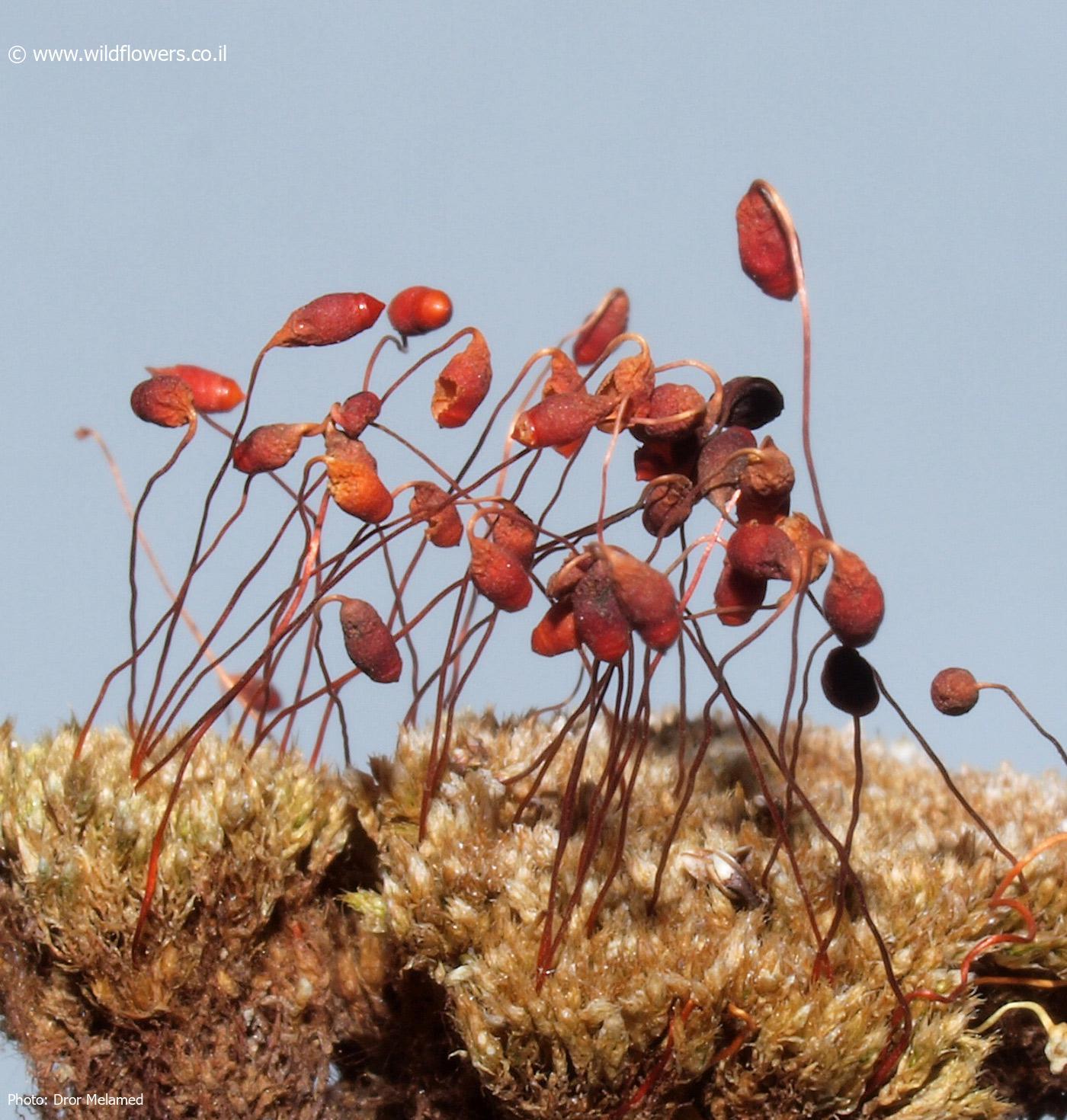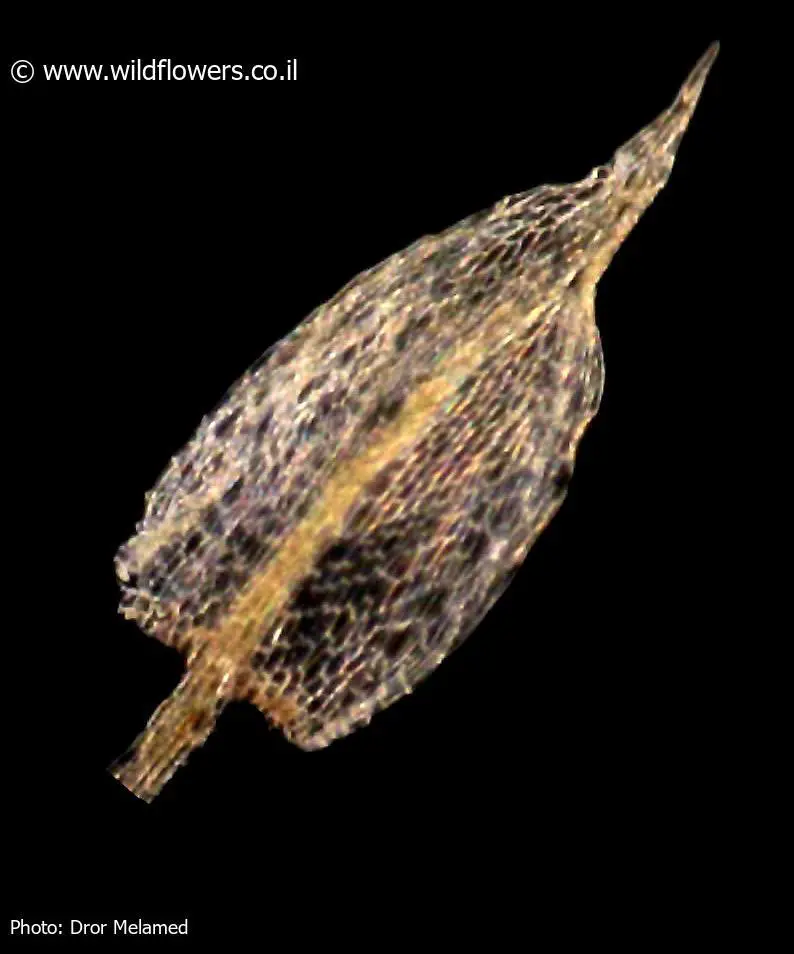
Bryum-kunzei-0320-800×600.jpg from: https://www.britishbryologicalsociety.org.uk/learning/species-finder/bryum-kunzei/
Introduction
In the vast and captivating world of bryophytes, one particular moss species stands out as a true marvel – the Bryum kunzei Hornsch., commonly known as Bryum. This unassuming yet fascinating plant belongs to the Bryaceae family and has captured the hearts of moss enthusiasts worldwide. Let’s embark on a journey to unravel the secrets of this extraordinary moss.

3362-l.jpg from: https://www.wildflowers.co.il/hebrew/picture.asp?ID=20291
Background
Before delving into the intricacies of Bryum kunzei, it’s essential to understand the broader context of bryophytes. These non-vascular plants, which include mosses, liverworts, and hornworts, are among the oldest land plants on Earth. They play a crucial role in various ecosystems, acting as pioneers in colonizing new environments and contributing to soil formation and moisture retention.
Main Content
Morphology and Identification
Bryum kunzei is a small, acrocarpous moss that forms dense, cushion-like tufts or mats. Its stems are typically unbranched, and the leaves are ovate to lanceolate in shape, with a distinctive midrib running along their length. The leaf margins are often entire or slightly serrated, and the leaf cells are relatively large and thin-walled.
One of the most striking features of Bryum kunzei is its sporophyte, which consists of a slender seta (stalk) topped by a capsule. The capsule is cylindrical to oblong in shape and often curved or nodding when mature. This unique capsule shape is a key identifying characteristic of the species.

3362-l-2.jpg from: https://www.wildflowers.co.il/hebrew/picture.asp?ID=20293
Global Distribution and Habitat
Bryum kunzei is widely distributed across various regions of the world, including Europe, Asia, North America, and parts of South America. It thrives in a variety of habitats, from moist and shaded areas to exposed rock surfaces and disturbed soils.
This moss is particularly well-adapted to urban environments, where it can be found growing on walls, pavements, and even in the crevices of buildings. Its ability to tolerate a wide range of environmental conditions, including pollution and disturbance, makes it a resilient and successful colonizer.

3362-l-4.jpg from: https://www.wildflowers.co.il/hebrew/picture.asp?ID=20295
Ecological Roles and Adaptations
Despite its diminutive size, Bryum kunzei plays a vital role in its ecosystem. As a pioneer species, it helps stabilize and enrich soils, creating favorable conditions for other plants to establish themselves. Additionally, its dense mats provide microhabitats for various invertebrates, contributing to the overall biodiversity of the area.
One of the remarkable adaptations of Bryum kunzei is its ability to withstand desiccation. During dry periods, the moss can enter a state of dormancy, curling its leaves inward to minimize water loss. When moisture becomes available again, it quickly revives, demonstrating its resilience and ability to thrive in challenging environments.

24404_6010718_4.jpg from: https://artfakta.se/naturvard/taxon/bryum-caespiticium-kunzei-2337
Case Study: Urban Moss Gardens
In recent years, the concept of urban moss gardens has gained popularity, particularly in cities where traditional gardening can be challenging. Bryum kunzei, with its tolerance for urban conditions and attractive appearance, has become a popular choice for these unique green spaces.
Urban moss gardens not only add a touch of natural beauty to concrete landscapes but also provide valuable ecosystem services, such as air purification, temperature regulation, and stormwater management. By incorporating mosses like Bryum kunzei, these gardens contribute to the overall sustainability and livability of urban areas.
Technical Table
| Characteristic | Description |
|---|---|
| Family | Bryaceae |
| Genus | Bryum |
| Species | Bryum kunzei Hornsch. |
| Growth Form | Acrocarpous moss, forming dense tufts or mats |
| Leaf Shape | Ovate to lanceolate, with a distinct midrib |
| Leaf Margin | Entire or slightly serrated |
| Sporophyte | Slender seta with a cylindrical to oblong, often curved or nodding capsule |
| Habitat | Moist and shaded areas, exposed rock surfaces, disturbed soils, urban environments |
| Distribution | Widely distributed across Europe, Asia, North America, and parts of South America |
| Ecological Role | Pioneer species, soil stabilization, microhabitat provision |
| Adaptations | Desiccation tolerance, dormancy during dry periods |
Conclusion
Bryum kunzei Hornsch., a humble yet remarkable moss species, has captured the imagination of bryologists and nature enthusiasts alike. Its resilience, adaptability, and unique morphological features make it a true marvel of the plant kingdom. As we continue to explore and appreciate the diversity of bryophytes, Bryum kunzei serves as a reminder of the intricate beauty and ecological significance that can be found in even the smallest of organisms.
Ponder this: In a world where urbanization and environmental challenges persist, could the unassuming Bryum kunzei hold the key to creating more sustainable and resilient cities? Perhaps it’s time to embrace the power of mosses and explore their potential in shaping our future landscapes.